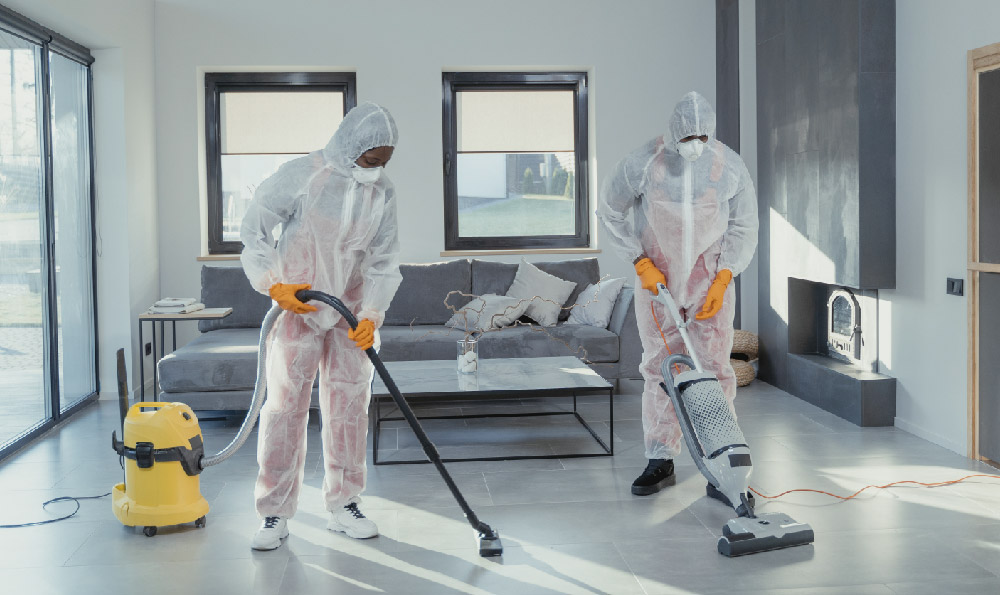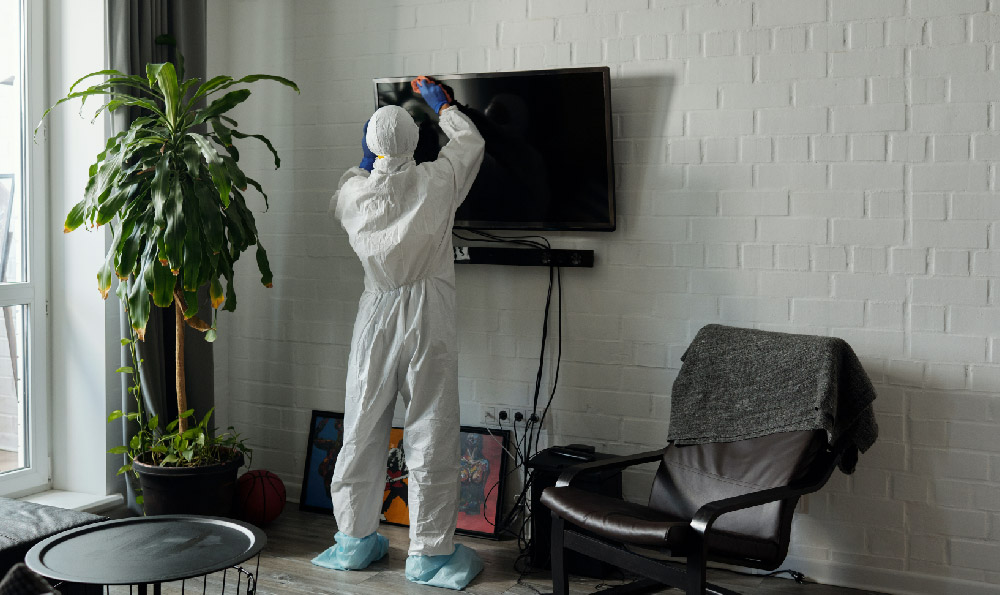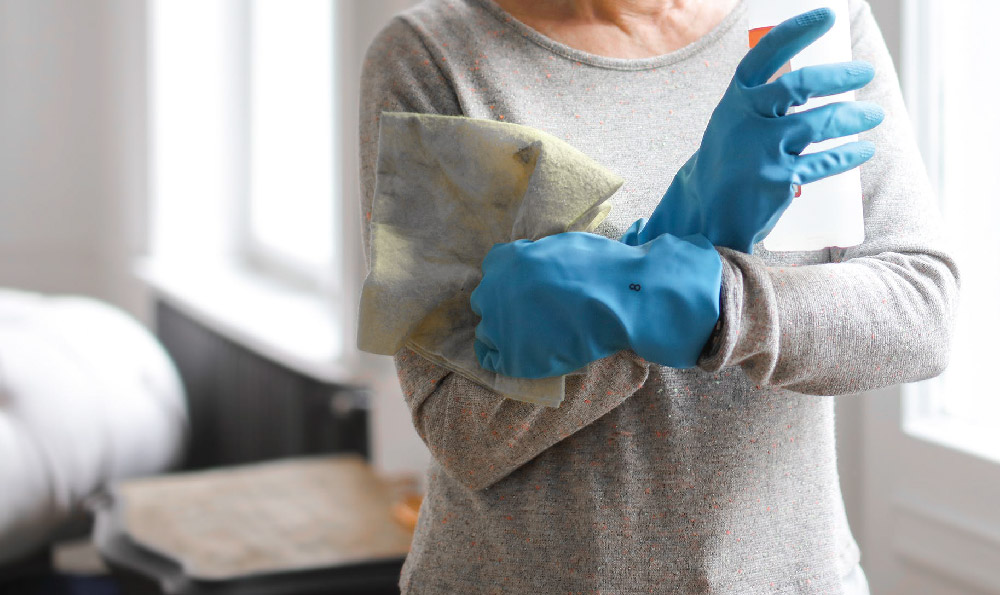聚甲醛是一种常见的合成树脂,广泛应用于家具、地板、装修材料等行业。有人担心聚甲醛会释放甲醛,对人体健康产生潜在危害。本文将就聚甲醛甲醛还原后是否会释放甲醛展开阐述。

我们需要了解聚甲醛和甲醛的定义与分类。聚甲醛是一种由甲醛分子通过共价键连接而成的高分子化合物,所以聚甲醛中的甲醛分子并非真正的"甲醛"。而甲醛则是一种有强烈刺激性气味的有机化合物,常用于家具、装修材料等中作为防腐剂或胶水的成分。
即使在甲醛还原的过程中,聚甲醛仍然具有一定的稳定性,不会直接释放甲醛。这是因为在聚甲醛中,甲醛分子已经通过共价键连接形成了长链结构,这使得甲醛分子之间的移动和挥发变得困难。而甲醛分子在长链结构中处于稳定状态,不会被轻易释放出来。
举例来说,一个家具制造商在制造过程中使用了聚甲醛胶水。在甲醛还原后,家具中的聚甲醛已经形成了结实的连接,其中的甲醛分子被固定在聚甲醛分子中,并不会随着时间的推移而释放出来。这意味着,家具制造商所使用的聚甲醛材料不会对室内空气质量产生负面影响。
相比之下,普通的甲醛材料则存在着释放甲醛的风险。由于甲醛分子没有经过聚合反应,因此在使用过程中会更容易挥发出来。这也是为什么一些廉价家具或装修材料在使用一段时间后会散发出刺鼻的甲醛气味的原因。
聚甲醛在甲醛还原后不会释放甲醛。与普通的甲醛材料相比,聚甲醛具有更好的稳定性和安全性,不会对室内空气质量产生负面影响。在选择家具或装修材料时,消费者可以选择聚甲醛材料,以确保室内环境的健康与安全。
在行业中,对聚甲醛甲醛还原后是否会释放甲醛的相关知识的了解和宣传至关重要。消费者需要了解聚甲醛材料的特点和优势,避免盲目对聚甲醛材料产生误解。制造商也应该提供准确的产品信息,确保产品符合相关标准和规定。
聚甲醛甲醛还原后并不会释放甲醛。这一结论基于对聚甲醛和甲醛的定义、分类以及聚甲醛在甲醛还原过程中的稳定性的分析。在选择家具或装修材料时,消费者可以放心选择聚甲醛材料,以确保室内环境的健康与安全。行业中应加强对聚甲醛材料相关知识的宣传和普及,为消费者提供准确的信息,促进行业的健康发展。
POM会释放甲醛吗
POM, which stands for polyoxymethylene, is a type of engineering plastic widely used in various industries due to its excellent mechanical properties, such as high stiffness and excellent dimensional stability. However, there have been concerns among consumers about whether POM releases formaldehyde, a toxic substance known to have adverse health effects. In this industry article, we will objectively, professionally, clearly, and systematically explore the question of whether POM releases formaldehyde.

Introduction
POM, a popular engineering plastic, is known for its mechanical properties. However, there have been concerns about its potential release of formaldehyde. In this article, we will delve into the topic and provide clarity on whether POM emits formaldehyde.
Body
1. Definition and Composition of POM
POM, also known as polyacetal or acetal, is a high-performance polymer composed of repeating units of formaldehyde. Its unique molecular structure provides it with the desired mechanical properties for various applications. However, the presence of formaldehyde in its composition raises questions about its potential release.
2. Classification of Formaldehyde Emission
To understand whether POM releases formaldehyde, it is crucial to differentiate between two types of emissions residual and off-gassing. Residual emission refers to the small amount of formaldehyde that may remain in POM after the manufacturing process. Off-gassing, on the other hand, refers to the release of formaldehyde when POM is exposed to certain conditions, such as heat or mechanical stress.
3. Evaluation of Residual Formaldehyde Emission
Studies have shown that POM undergoes rigorous processing steps during manufacturing, which effectively removes any residual formaldehyde. These steps include purification, polymerization, and post-treatment processes. As a result, the residual formaldehyde content in commercial POM products is considered extremely low, almost negligible.
4. Examination of Off-Gassing Formaldehyde Emission
When it comes to off-gassing, POM exhibits minimal formaldehyde release under normal operating conditions. However, it is important to note that extreme conditions, such as high temperatures or prolonged exposure to UV radiation, may lead to minimal formaldehyde emission. Nevertheless, the levels of emission are significantly lower compared to other materials, such as wood-based products or certain synthetic textiles.
5. Comparison with Other Materials
To put the issue into perspective, it is crucial to compare the formaldehyde emission of POM with other commonly used materials. Various studies have shown that POM emits lower levels of formaldehyde compared to materials like particleboard, plywood, or certain plastics. This further supports the idea that the release of formaldehyde from POM is minimal and poses no significant risks to human health.
Conclusion
In conclusion, POM, a widely used engineering plastic, does not release significant amounts of formaldehyde. The residual formaldehyde content is negligible, and under normal operating conditions, the off-gassing of formaldehyde is minimal. It is important to consider other materials' formaldehyde emissions for a comprehensive understanding of the issue. Overall, POM remains a safe and reliable choice in various industries.
多聚甲醛分解温度

多聚甲醛(Polyoxymethylene,缩写为POM)是一种具有优异物理性质和化学稳定性的工程塑料,广泛应用于电子、汽车、医疗设备等领域。多聚甲醛在高温下容易分解,从而影响其性能和寿命。本文将介绍多聚甲醛的分解温度以及与其相关的知识。
一、多聚甲醛的定义和分类
多聚甲醛是一种由甲醛经过聚合反应制得的聚合物。根据聚合度的不同,分为低分子量多聚甲醛和高分子量多聚甲醛。低分子量多聚甲醛分子链较短,具有较高的挠曲性能,适用于制作弹性体和密封材料;高分子量多聚甲醛分子链较长,具有较高的强度和刚性,适用于制作机械零件和工程结构材料。
二、多聚甲醛分解温度的影响因素
多聚甲醛的分解温度受多种因素的影响,包括聚合度、热氧化稳定剂、添加剂等。聚合度越高,分解温度越高。热氧化稳定剂可以延缓多聚甲醛的分解,提高其热稳定性。添加剂如阻燃剂等也会对多聚甲醛的分解温度产生影响。
三、多聚甲醛分解温度的测定方法
常用的测定多聚甲醛分解温度的方法有热失重分析法、热流变法和差热分析法。热失重分析法通过测定样品在升温过程中的质量变化来确定分解温度。热流变法则通过测定样品在升温过程中的变形和流动性能来确定分解温度。差热分析法是通过测定样品与参比物在升温过程中的热量差异来确定分解温度。
四、多聚甲醛的分解行为
多聚甲醛在高温下发生热解反应,酮基的断裂和甲醛的脱除,生成醛基、烯基等中间产物,然后进一步分解形成水、二氧化碳等气体和碳烟。多聚甲醛的分解速率与温度呈指数关系,温度越高,分解速率越快。分解产物的形态和性质对多聚甲醛材料的性能和环境影响具有重要意义。
五、多聚甲醛分解温度的应用
多聚甲醛的分解温度是其在实际应用中的重要参数之一。根据不同的应用需求,可以选择适当的多聚甲醛材料,以确保其在工作温度范围内保持稳定性能。研究和改进多聚甲醛的分解行为,开发新型高温稳定的多聚甲醛材料,也是当前的研究热点之一。
多聚甲醛分解温度的了解对于多聚甲醛材料的合理选择和应用具有重要意义。通过研究其分解温度的影响因素和测定方法,可以为材料设计和加工提供科学依据。未来的研究还需要进一步深入多聚甲醛的分解行为,提高其高温稳定性,为多聚甲醛材料的广泛应用提供支持。
参考文献:
[1] Ma, L., Liu, Y., Yang, H., et al. (2019). Thermal degradation and combustion behavior of polyoxymethylene. Macromolecular Symposia, 383(1), 1900034.
[2] Zhang, L., Gu, M., & Xiao, H. (2017). Thermal degradation behavior and mechanism of polyoxymethylene copolymer. Journal of Applied Polymer Science, 134(2), 44332.














